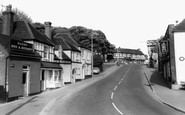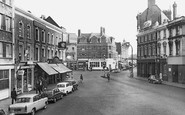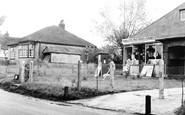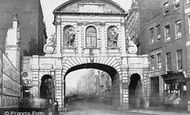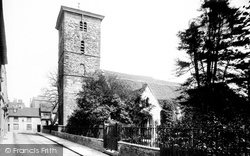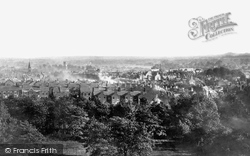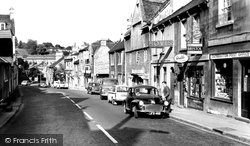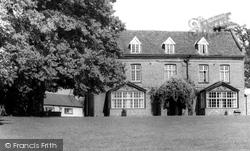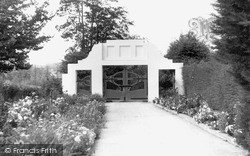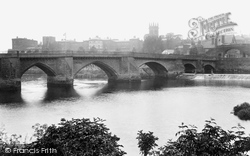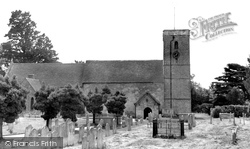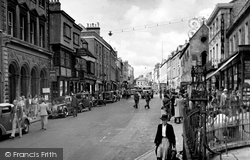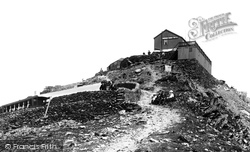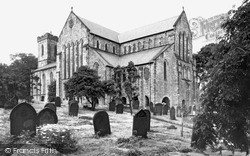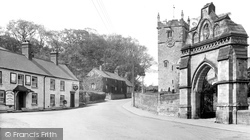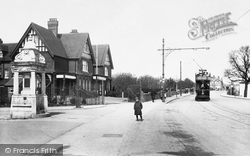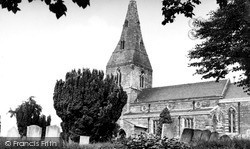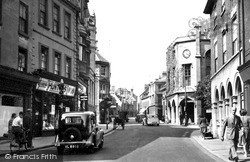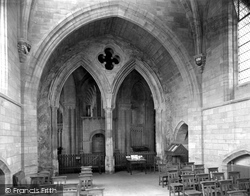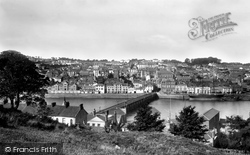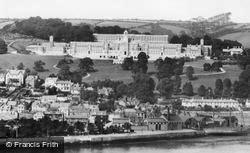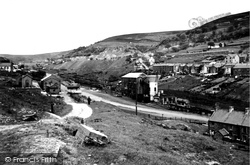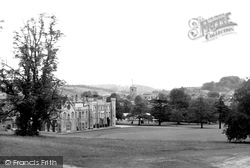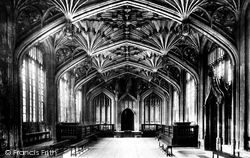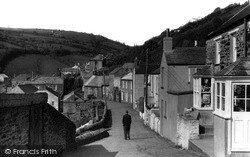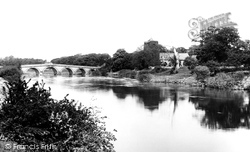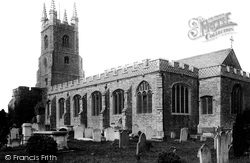Places
Sorry, no places were found that related to your search.
Photos
5 photos found. Showing results 201 to 5.
Maps
83 maps found.
Books
Sorry, no books were found that related to your search.
Memories
1,127 memories found. Showing results 101 to 110.
The Crown Ph
I remember that accident happening - I think it was in the late 60's. My Dad had the sweetshop in the High Road opp the Police Station - and I remember my uncle coming in and telling us. We were quite amused by the name ...Read more
A memory of South Benfleet in 1968 by
Ghosts
Both my aunts lived in Riverham in Grassendale. I went on a recent trip with one aunt and she pointed out a spot where she claims to have seen a ghost a Victorian-dressed woman in an ankle length blue/purple dress walking towards her ...Read more
A memory of Grassendale in 1968 by
Childhood Memories
I remember when I was just a young teenager... you could roam around the village and just about everyone knew you. I loved to wander down to Mill Stream Lane with my jam jar and fishing net and walk along the stream ...Read more
A memory of Watton at Stone in 1968 by
Mum And Dad Grew Up In Fulham
Mum remembers going across Parsons Green durig the war and the air raid had gone off, then she heard a doodlebug above her, she ran into the gents toilets and heard it land somewhere near, she never been that frightened ...Read more
A memory of Fulham in 1968 by
Live Music, Coalville
Whilst it is now many years ago, (I moved to Holland in '76), I'm just feeling ever so slightly miffed that your contributor didn't mention a couple of bands. I played in in the '60's, both hailing as 'Coalville' bands - ...Read more
A memory of Coalville in 1968 by
Wonderful Childhood In Yorkletts In The 1960s
Hi, I would love to hear from anyone that may have memories of Yorkletts in the late 1960s. I used to spend a lot of time in the village, spending all my school hols with my gran who lived in a ...Read more
A memory of Yorkletts in 1968 by
Lost In A Field
I remember coming across Temple Bar in a field in Enfield/Cheshunt whilst out for a walk as a child in the 1960s. It seemed such a strange place for it to end up. There were no explanatory signs to say what it was and why it was ...Read more
A memory of London in 1968 by
Growing Up In Wombwell
My family and I, the Oughtons, lived at 53, Wombwell Main Row, a community for miners and their families. My dad worked at Darfield Main pit all of his life up until early retirement in the early 1980s. I have kept in touch ...Read more
A memory of Wombwell in 1967 by
Barleyfield
We lived on Fishers Lane, Pensby then moved to Barleyfield Road where my little sister was born in the front bedroom of no 1. We walked down to Greenbank Junior School every day, three little kids holding hands through fields of barley ...Read more
A memory of Pensby in 1967 by
The New Family
My family moved to no 2 Erme Park in 1967 when I was 3. These were of course the new houses. I remember Mr Burrows (father of Cedric/Zedrick) asking me in about 1973 if I was from the new houses. I of course said no as we'd been ...Read more
A memory of Ermington in 1967 by
Captions
1,233 captions found. Showing results 241 to 264.
Like many of the town's churches, it is built from salvage from the Roman town: bricks for arches, quoins and bands, and rubble and septaria (inferior stone nodules) for the rest.
Of the priory, however, little remained even in 1900, save for the remains of the cloisters and a stone arch.
This follows the course of a much older road, the Roman 'Fosse Way', which runs from the 'colonia' of Lincoln to Axminster in Devon, built as a military road around 47 AD.
Two of its three arches were destroyed during the Civil War, and a replacement now stands there. There are many lovely old buildings in the vicinity, such as Bank House.
The entrance arch, with its green gates, was demolished in the 1980s to allow access for lorries building the new leisure centre.
The old bridge with its seven irregular arches dates from the late 13th century, and was partially rebuilt in 1347-58.
The long narrow nave has a fine Norman doorway, and there is a Norman arch in the south wall which led to the priory.
The ornate arched building on the left is the YMCA.
There are several viaducts on the railway; one is 500ft long, and has 14 arches each with a 30ft span.
In 1908 the east end of the chancel was extended and the transepts added; the gradient of the site was such that the architect, Temple-Moore, designed a structure supported on a round-arched undercroft
On the right are the tower of All Saint's Church and the Admiral's Arch.
A much changed view: this shows the old Caversham Hotel on the Reading approaches to Caversham Bridge, with the electric tram No.9 at its terminus.
There are several Norman features inside including the south doorway and chancel arch. The tower is late 13th-century and the spire has chamfers which reach halfway up.
The petrol station in the centre of the market place was the Town Hall with an open arcaded ground floor, the arches now glazed. It dates from 1764, and surely deserved a better fate.
Here, where South Gate meets North Gate, are the town's finest commercial buildings, such as the HSBC bank of 1903 on the left and the Sessions House of 1830 in Gothick style with a pointed arched ground
The twin arches, with the quatrefoil over, are all that remain of the 13th-century Lady Chapel.
The bridge, with its many arches, each of a different span, is 13th-century.
This masterpiece of grand architecture was built (1902-05) by Sir Aston Webb, who was also responsible for the eastern façade of Buckingham Palace and for Admiralty Arch, both in London.
This area, however, was already occupied at a much earlier date - a Bronze Age axe was found at a settlement at Llanerch Padarn higher up the valley. The colliery finally closed in 1982.
From the arches of the Georgian Guildhall the camera looks down White Hart Street. The buildings on the right replace medieval market place encroachment.
The photograph depicts the school's magnificent vaulted roof, which consists of four arches and is beautifully decorated with figures and coats of arms.
At the far end of the lane is the Portloe United Church, and just this side of it are the two arched openings of the old village limekiln.
The seven-arched bridge is made from sandstone. It was designed by John Gwynne, a founder member of the Royal Academy, and constructed in 1771.
It dates from Norman times, but parts of an older arch, containing some Roman bricks, may be seen in the nave. The large west tower was built in the late 15th century.
Places (0)
Photos (5)
Memories (1127)
Books (0)
Maps (83)

